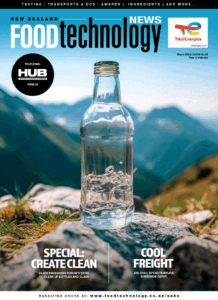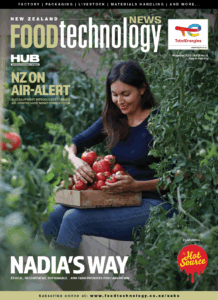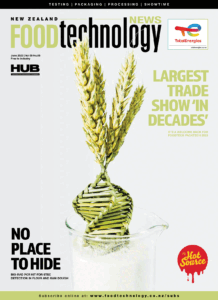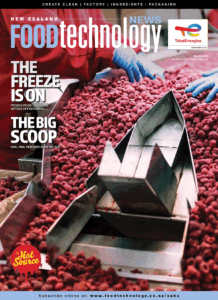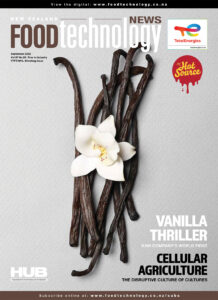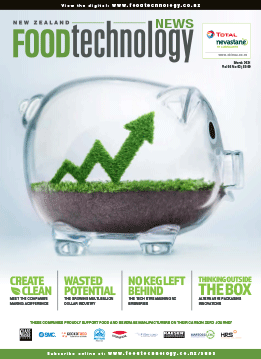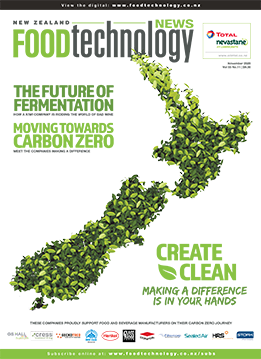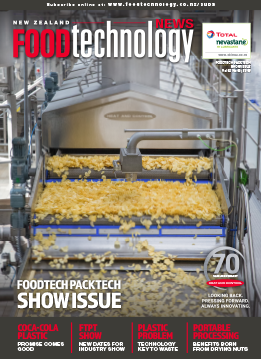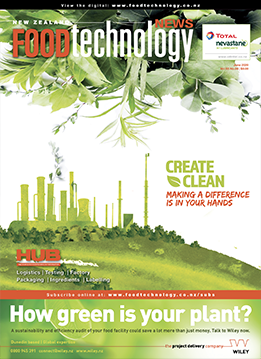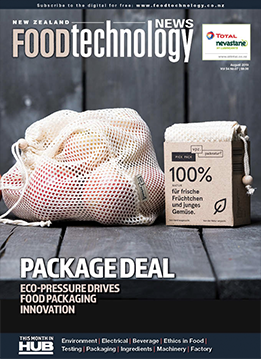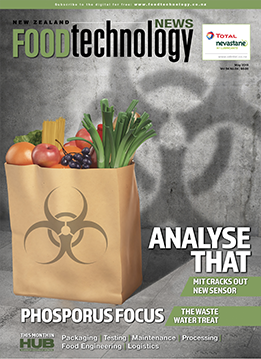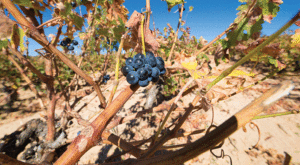 Increasingly the effects of climate change are being felt by winegrowers across New Zealand, posing challenges for the industry which has boasted export earnings of $1.7 billion in 2018. This article from Nelson’s Wholesale Landscapes examines likely future effects of climate change for viticulture and what mitigation strategies can be put in place.
Increasingly the effects of climate change are being felt by winegrowers across New Zealand, posing challenges for the industry which has boasted export earnings of $1.7 billion in 2018. This article from Nelson’s Wholesale Landscapes examines likely future effects of climate change for viticulture and what mitigation strategies can be put in place.
TIMES ARE CHANGING: The past four years have been the planet’s hottest on record and increased warming is expected going forward. Climate change also brings the increased frequency of erratic or extreme weather events such as droughts, heatwaves, damaging wind, floods and unseasonal hail storms, all of which can take a toll on vineyards. Increased soil salinity may also occur as a result of sea level rise. Increased incidence of pests and disease, such as powdery mildew, can also result from warmer average temperatures. Water stress can reduce grape yield and negatively affect fruit composition.
With lengthened growing seasons, grape ripening is happening faster, requiring earlier harvests and potentially resulting in diminished wine quality. Wine’s taste and characteristics are affected by weather variations which can alter grapes’ sugar, acid and tannin content, causing variation from vintage to vintage. Higher temperatures activate advanced grape phenology, moving ripening to warmer summer periods reducing aroma compounds. High levels of fermentable sugar concentrate in grapes sooner, before complex flavours develop, creating issues for winegrowers aiming to balance these against alcohol levels.
CLIMATE VS SCIENCE: New Zealand’s favourite Sauvignon Blanc, which makes up 85% of our export sales, may risk losing its distinctive flavour with increased temperatures liable to promote a flavour profile which is more mellow tropical fruit than its current beloved acidic gooseberry. Pinots grown in cool climate areas now may similarly suffer. Strategies to adapt to climate change are required in order to preserve wine’s original style typicity.
Methods available to delay ripening include altering plantation density, limiting the height of vines and utilising hail nets. Trimming shoots or removing leaves to reduce the leaf area to fruit weight ratio can also help. Past Lincoln University studies indicate management techniques could also include late pruning, canopy trimming or the application of plant growth regulators.
A FOCUS ON SOIL SUSTAINABILITY: Increased temperatures will mean soil management practices will come to the fore to better manage grapevines’ water supply, control vigour and avoid soil erosion, as a European Winegrowers’ Guidance Manual advises. Planting appropriate cover crops provides ground shading and contributes to humus formation which can buffer very dry and very wet periods. Employing less frequent tilling and cultivation will also reduce evapotranspiration.
The Manual further advises that to minimise soil erosion and to maximise nutrient and water storage, mulching with plant fibres is highly recommended. This practice also increases organic matter under the vine, limits the use of herbicides and reduces soil evapo-transpiration to avoid severe water stresses to the grapevine during episodes of drought. Mulching also prevents nutrient leaching and increases the efficacy of fertilisers, even during rain events.
To offset the increase in pests and diseases that climate change may bring, consider implementing integrated pest management, an eco-system-based management practice that integrates biological, cultural, physical and chemical tools to manage pests and diseases in the vineyard.
THE FUTURE: Internationally, some winegrowers are dramatically relocating to cooler, higher altitude areas, planting heat-resistant varieties and increasing canopy coverage to provide shade. One Californian grower has embarked on a project to breed a new grape variety that is capable of being dry farmed, (without irrigation) and will withstand increased heat. Research also indicates planting on south-facing slopes to reduce sun exposure, planting in shallow soil to reduce water consumption and introducing controlled or drip irrigation are possible mitigation strategies.
On the positive side, an increase in average temperatures could benefit some New Zealand marginal and fringe winegrowing regions, such as Waitaki, with earlier harvest dates reducing the risk of poor weather at harvest. Other areas not currently suited to winegrowing could become so. A recent Victoria University of Wellington study reported that a lack of specific data and budget constraints meant winegrowers were reluctant to implement adaptation strategies to mitigate against climate change. It found that most adaptation techniques involve significant investment in new equipment, locations and vines, noting a single frost fan to help melt the frost on vines can cost more than $40,000.
The stated key driver of the recently-created New Zealand Winegrowers Research Centre is how New Zealand wine innovates into the future. Following industry consultation, it identified climate change as one of its research priorities and is in the process of developing a programme of work looking at its impacts and potential adaptation techniques. Thus, viticulturists can look forward to the provision of well-researched assistance enabling them to flourish through warming times.
Wholesale Landscapes is a Nelson-based manufacturer and retailer of a wide range of landscaping options.








